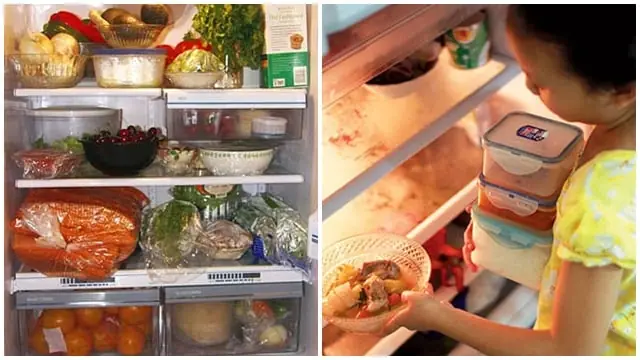
Why aren’t electric kettles as popular abroad?
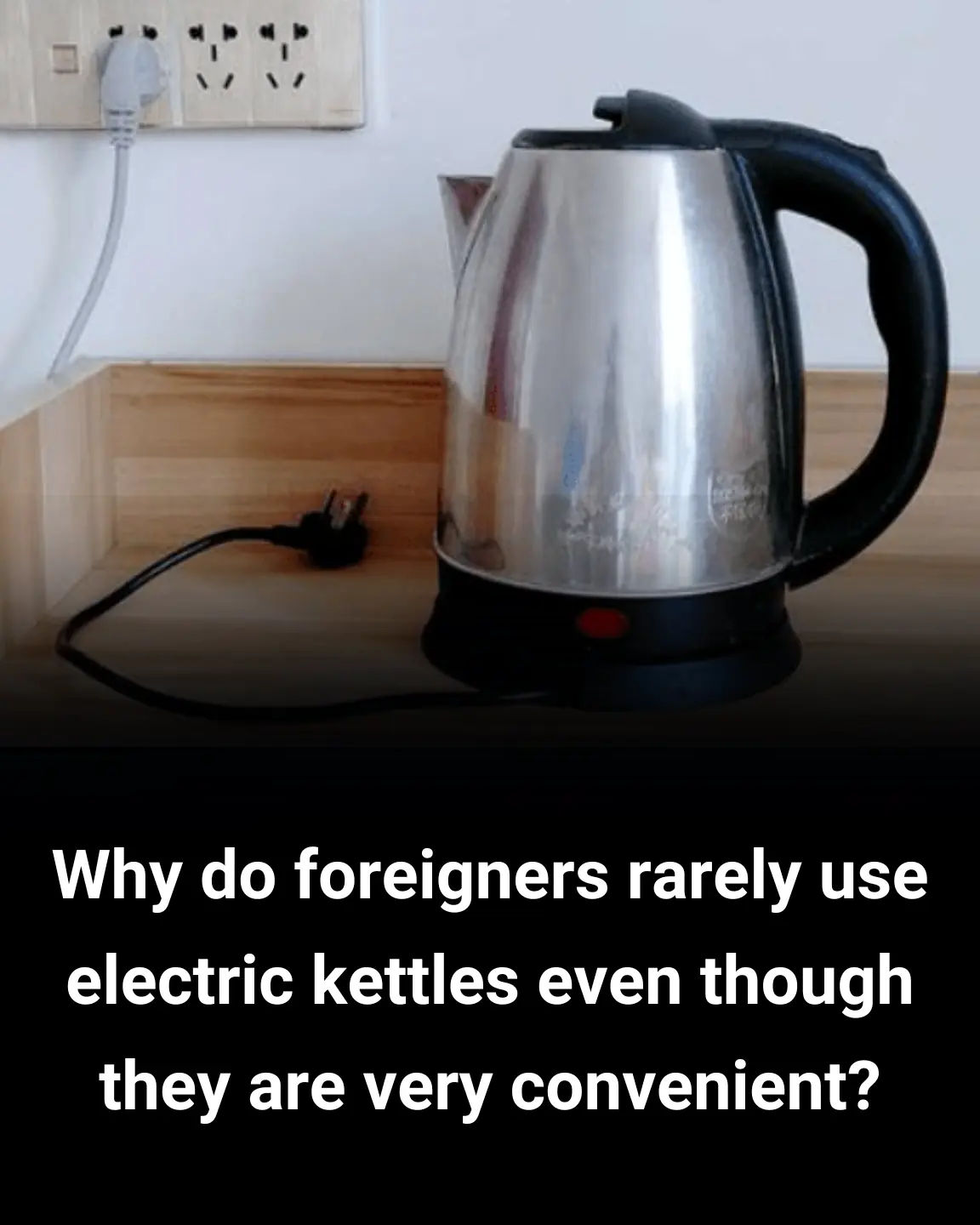
Why Do Foreigners Rarely Use Electric Kettles Even Though They Are So Convenient?
Although very convenient, electric kettles - a common household appliance in many Asian countries - are seldom used in some Western nations, such as the United States.
With high power and a fast-heating element, electric kettles can boil water in just a few minutes and can be used for bathing, making tea, preparing milk, coffee, and many other purposes.
Why Aren’t Electric Kettles as Popular Abroad?
Voltage Differences
In the United States, most households use a voltage of 100 - 127V, whereas in the UK and many other countries, the voltage is usually 220 - 240V. This means that electric kettles in the U.S. will not boil water as quickly as those in countries with higher voltage. Consequently, they do not offer the same level of convenience everywhere.
Differences in Dietary Habits
Many Asians have a tradition of drinking tea, while many Westerners tend to prefer coffee. As a result, instead of using an electric kettle to boil water, many foreigners opt to buy coffee makers to suit their needs.
Tips for Using Electric Kettles
1. Avoid Continuous Boiling
Boiling water continuously for extended periods can overload the kettle’s heating element and increase the risk of fire or explosion. To maintain the appliance’s longevity, allow it to rest between boiling sessions.
2. Do Not Empty the Water Immediately After Boiling
Even if the kettle’s switch turns off once the water boils, the heating element remains hot and can continue boiling the residual water. Emptying the water immediately may damage the heating element; it is advisable to leave about 15ml of water in the kettle to protect it.
3. Keep the Lid Closed When Boiling Water
If the lid is left open, the kettle will take longer to boil water and consume more electricity. Moreover, not closing the lid might interfere with the auto shut-off function when the water boils, increasing the risk of damage.
4. Avoid Underfilling or Overfilling the Kettle
Electric kettles have marked minimum ("Min") and maximum ("Max") water levels. Filling below the minimum prevents the safe auto shut-off mechanism from activating, risking overheating and damage to the heating element. Conversely, overfilling can cause water to spill over when boiling, potentially damaging internal components and posing risks of short circuits, fire, or explosion.
5. Unplug When Not in Use
Over time, the kettle’s switch might malfunction or be inadvertently pressed by another object, causing it to operate unexpectedly. Unplugging the kettle when it’s not in use helps prevent such mishaps.
6. Avoid Leaving Water in the Kettle
Leaving water in the kettle can lead to limescale buildup, which may cause rust and damage. It’s best to empty the kettle after each use.
7. Clean the Electric Kettle Regularly
Over time, limescale can accumulate inside the kettle, reducing its heat exchange efficiency and causing it to boil water more slowly. Additionally, the buildup can damage the temperature sensor relay, preventing proper auto shut-off when the water has not yet boiled. Regular cleaning is essential to ensure optimal performance and longevity.
News in the same category


These 4 parts of a pig may be delicious and inexpensive, but you shouldn’t eat them too often—don’t let greed harm your health
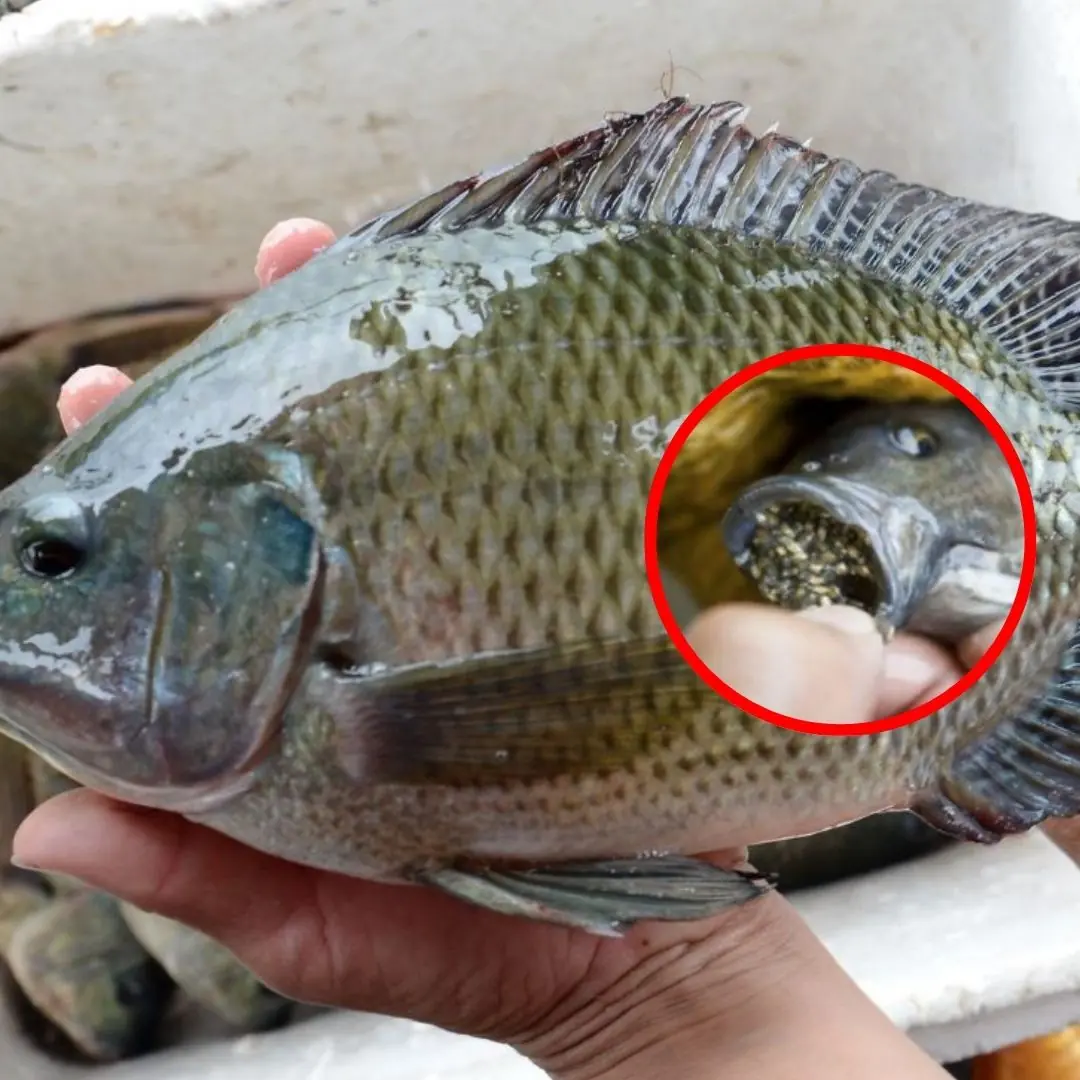
Reasons why you should stop eating tilapia as soon as possible
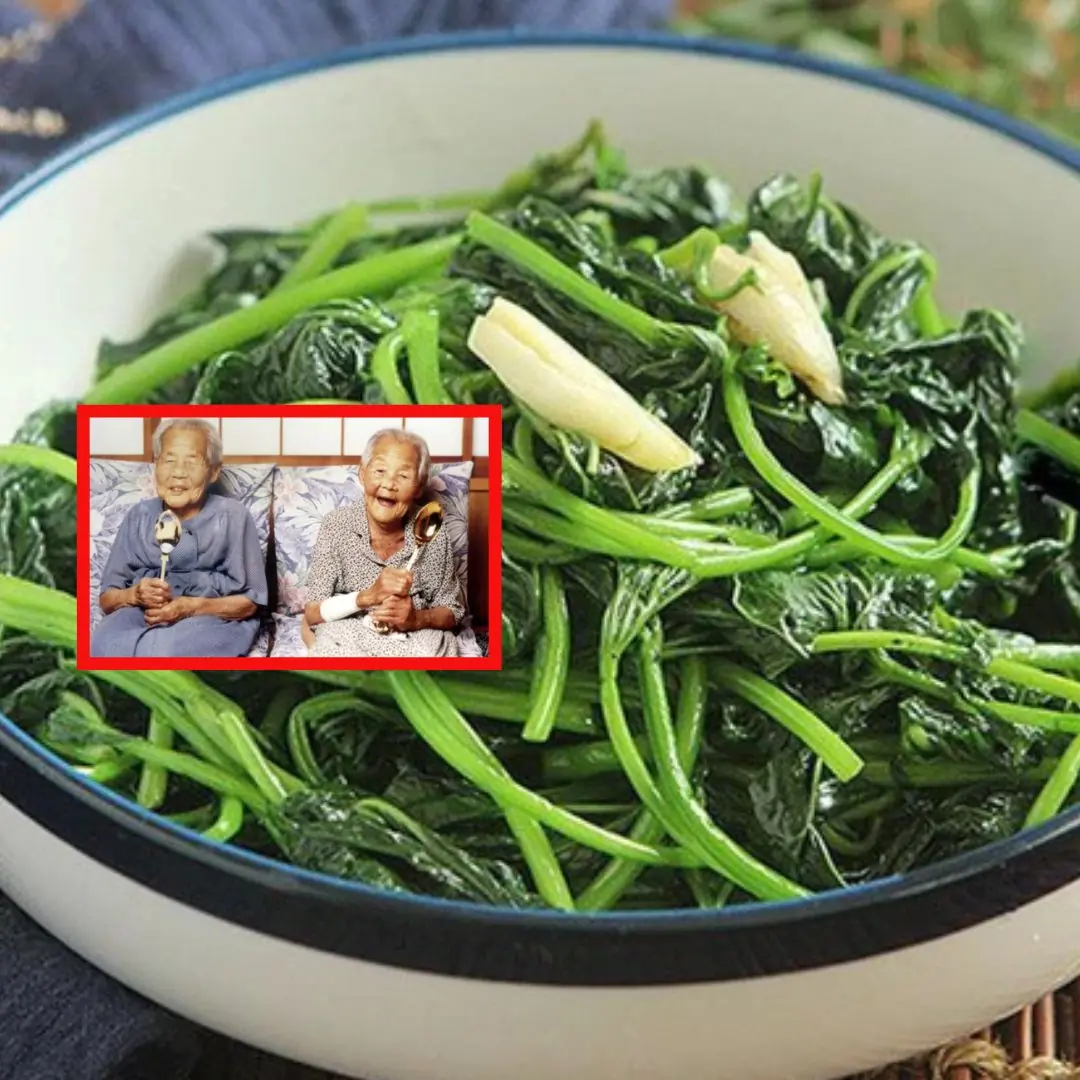
Rich in nutrients, these 3 vegetables are considered by the Japanese as a longevity eli.xir

Does eating boiled eggs every day benefit or harm the li.ver?

Artichoke - "super vegetable" helps keep the liver healthy, good for the heart, and prevents can.cer
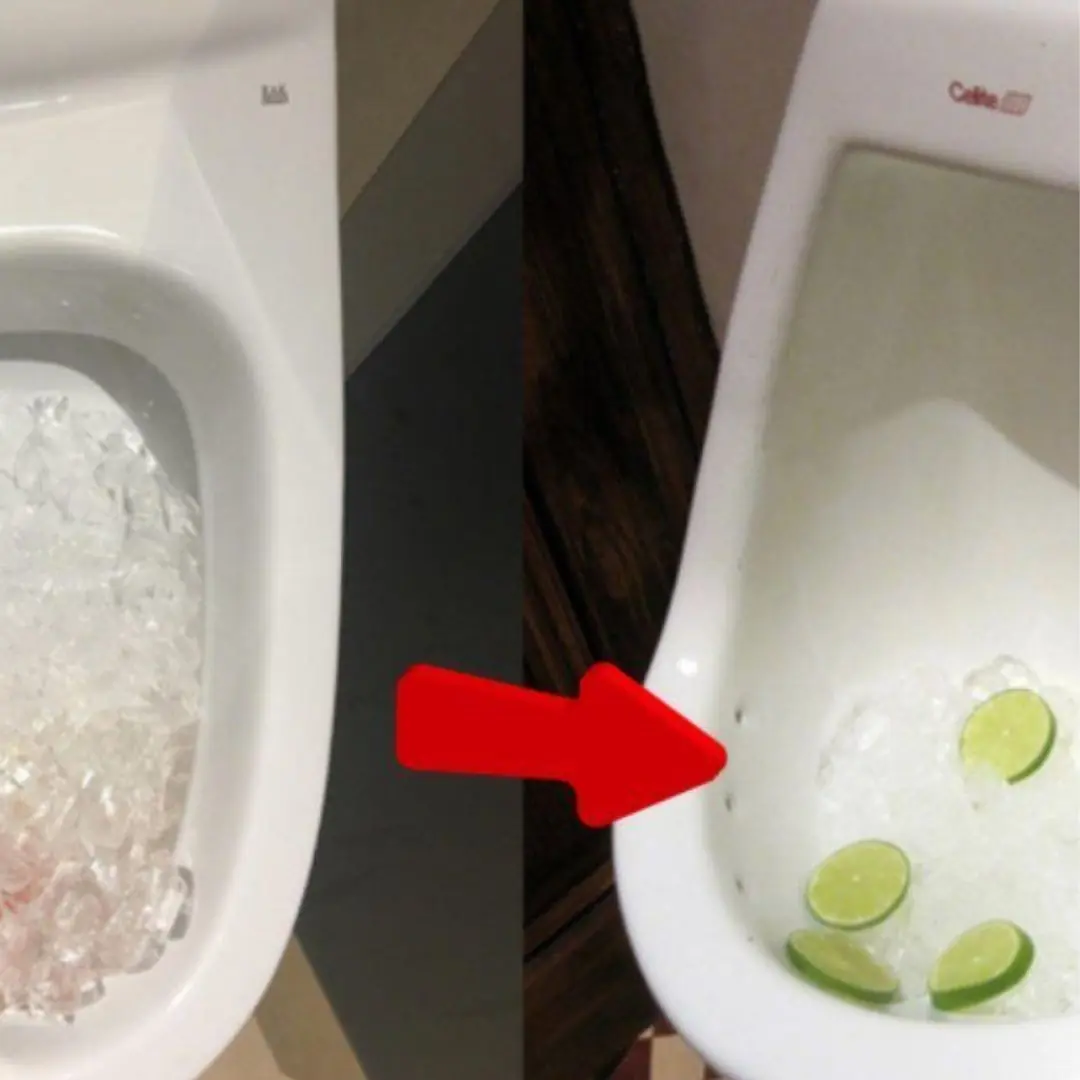
Why do restaurants and hotels often put ice in the toilet?
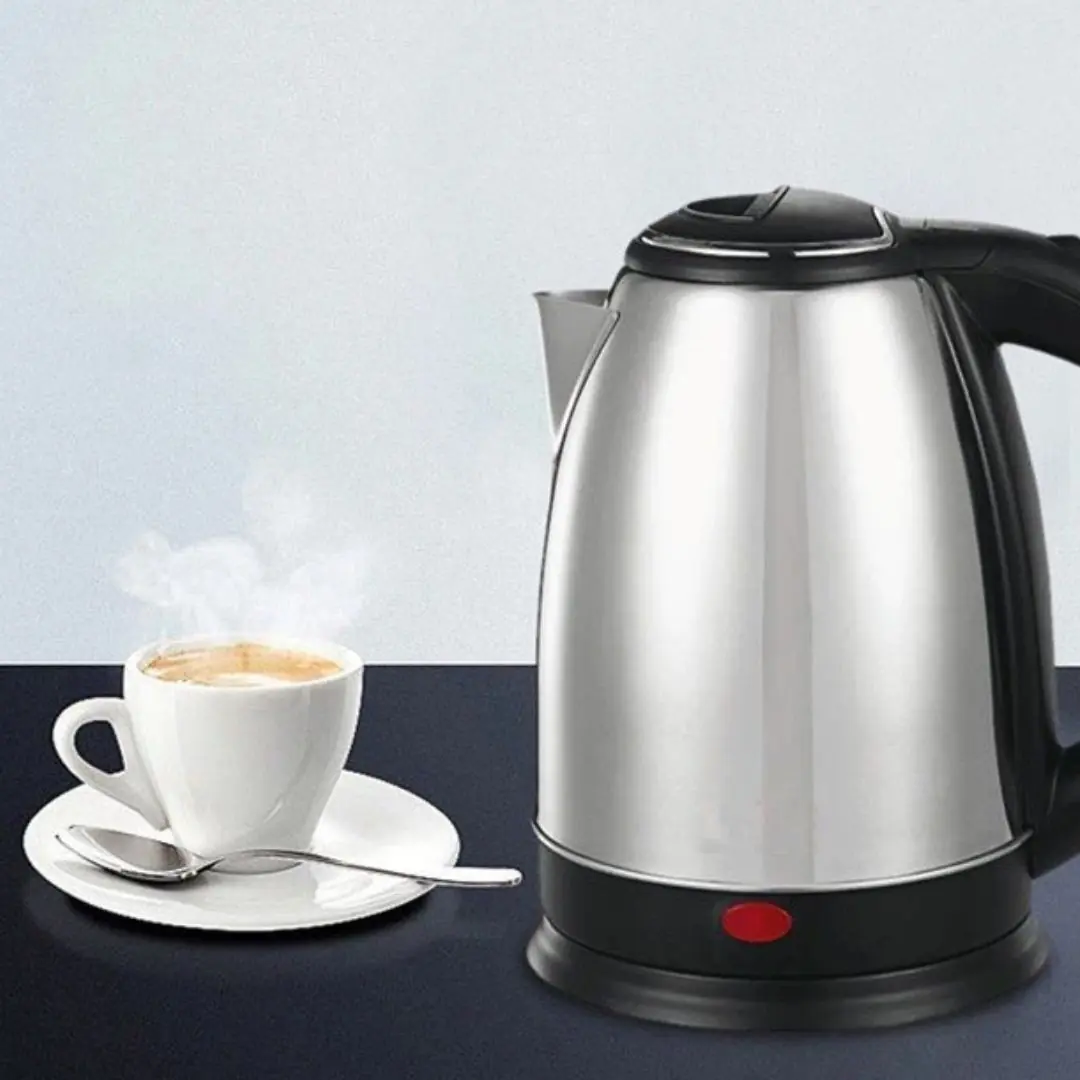
Why do foreigners rarely use electric kettles even though they are very convenient?

Should You Peel Ginger Before Eating? The Answer Isn’t as Simple as You Think
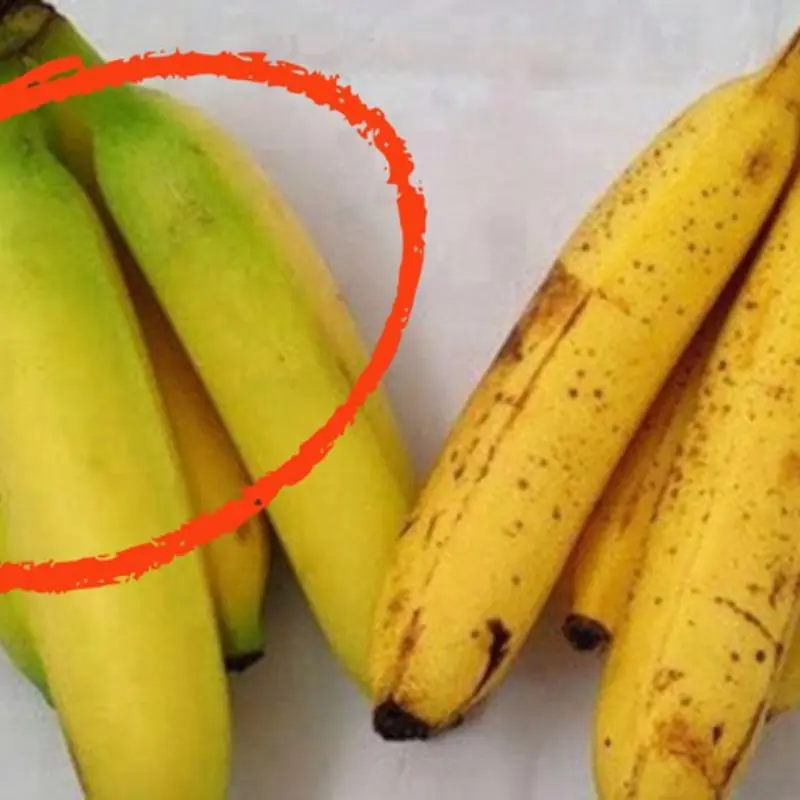
When Buying Bananas, Just Remember This Tip and You’ll Instantly Know Whether They’re Naturally Ripe or Chemically Ripened
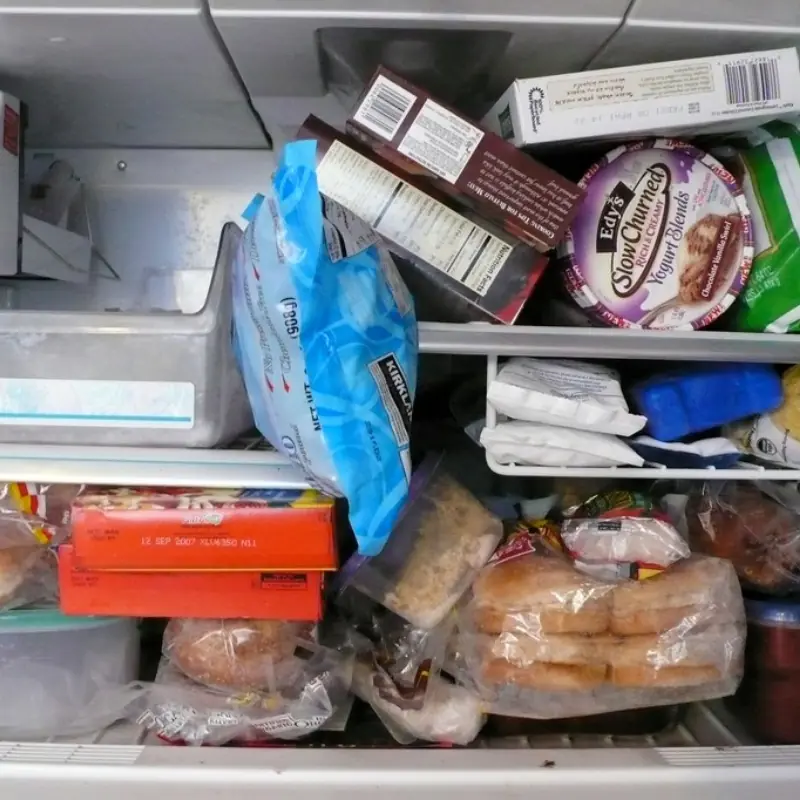
5 Foods Stored in the Fridge That Are Like a “Breeding Ground” for Bacteria and Pathogens

A 40-Year-Old Woman Was Rushed to the Hospital After Eating Grapefruit This Way

5 great benefits of drinking coffee in the morning

Why should men eat a slice of ginger after waking up in the morning?

4 amazing health benefits of chrysanthemum tea

Why Should Men Eat a Slice of Ginger After Waking Up in the Morning?

A Type of Fish Known as the “Ginseng of the Water,”
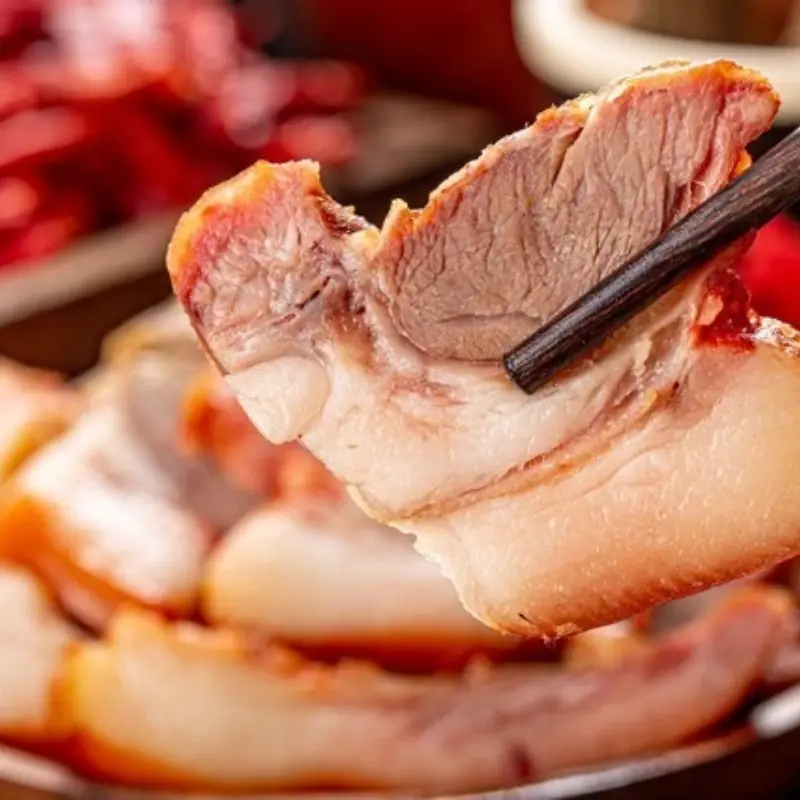
If You Eat Pork Regularly, You Must Pay Attention to These 3 Things
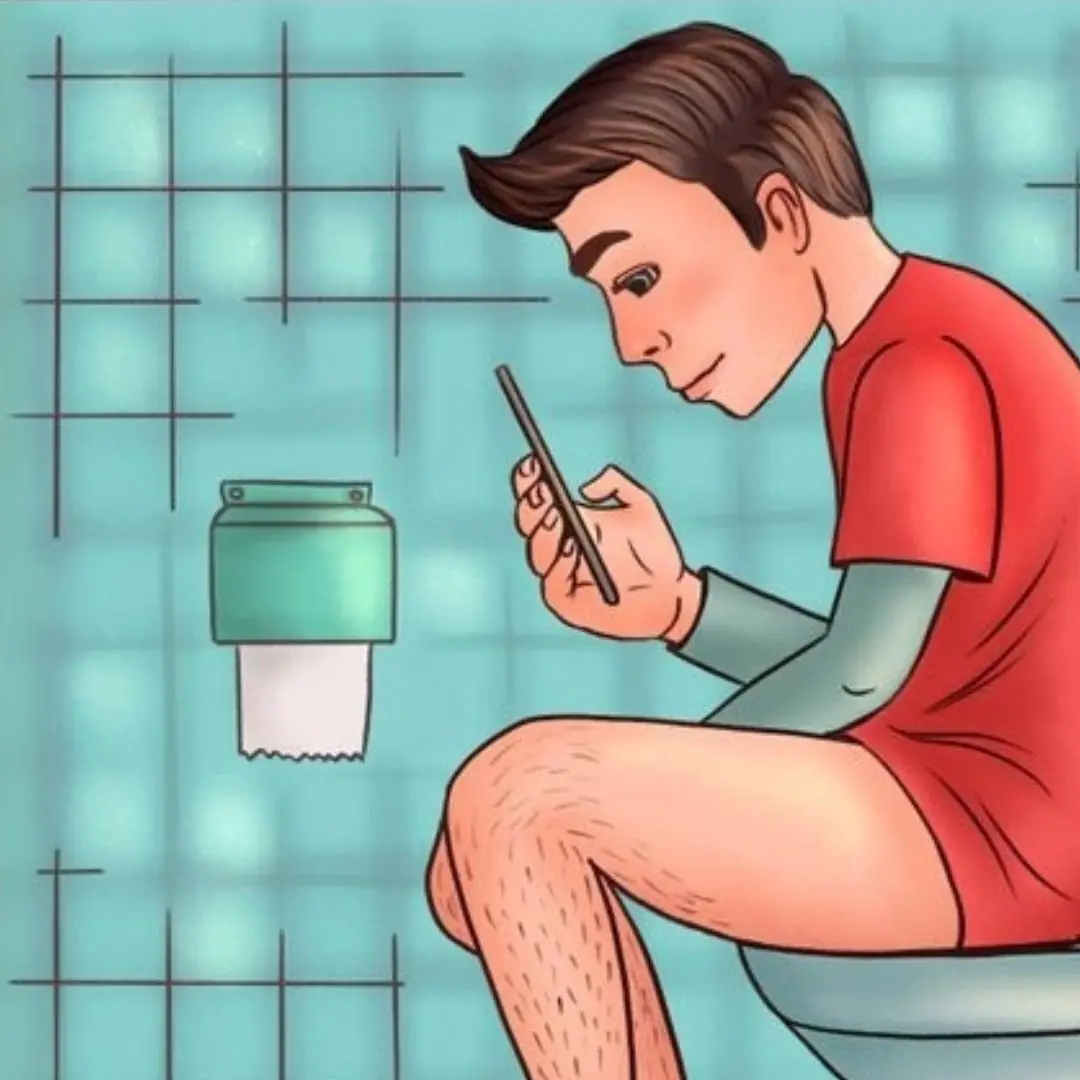
Harmful effects of using phone while going to the toilet you need to know

You may not notice: when we fall asleep on the table, we often get startled - Why is that?
News Post
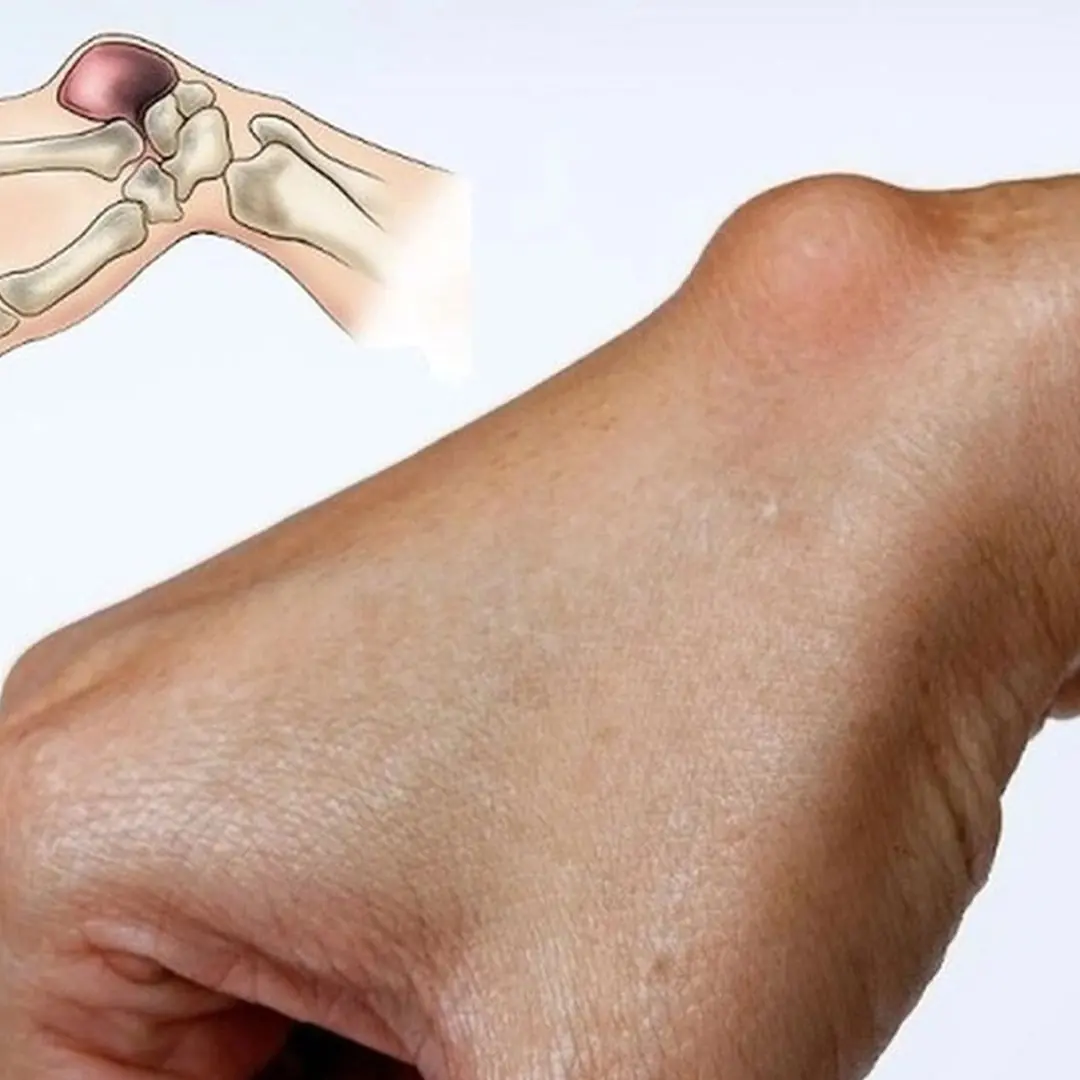
Unusual lump appears on the wrist: Don't ignore it because it could be a warning sign of a dangerous disease

5 familiar foods are "hosts of parasites", eating them raw is like inviting disease into your body

Soak Pomegranate Peel in White Vinegar – A Simple Trick That Solves Countless Household Problems
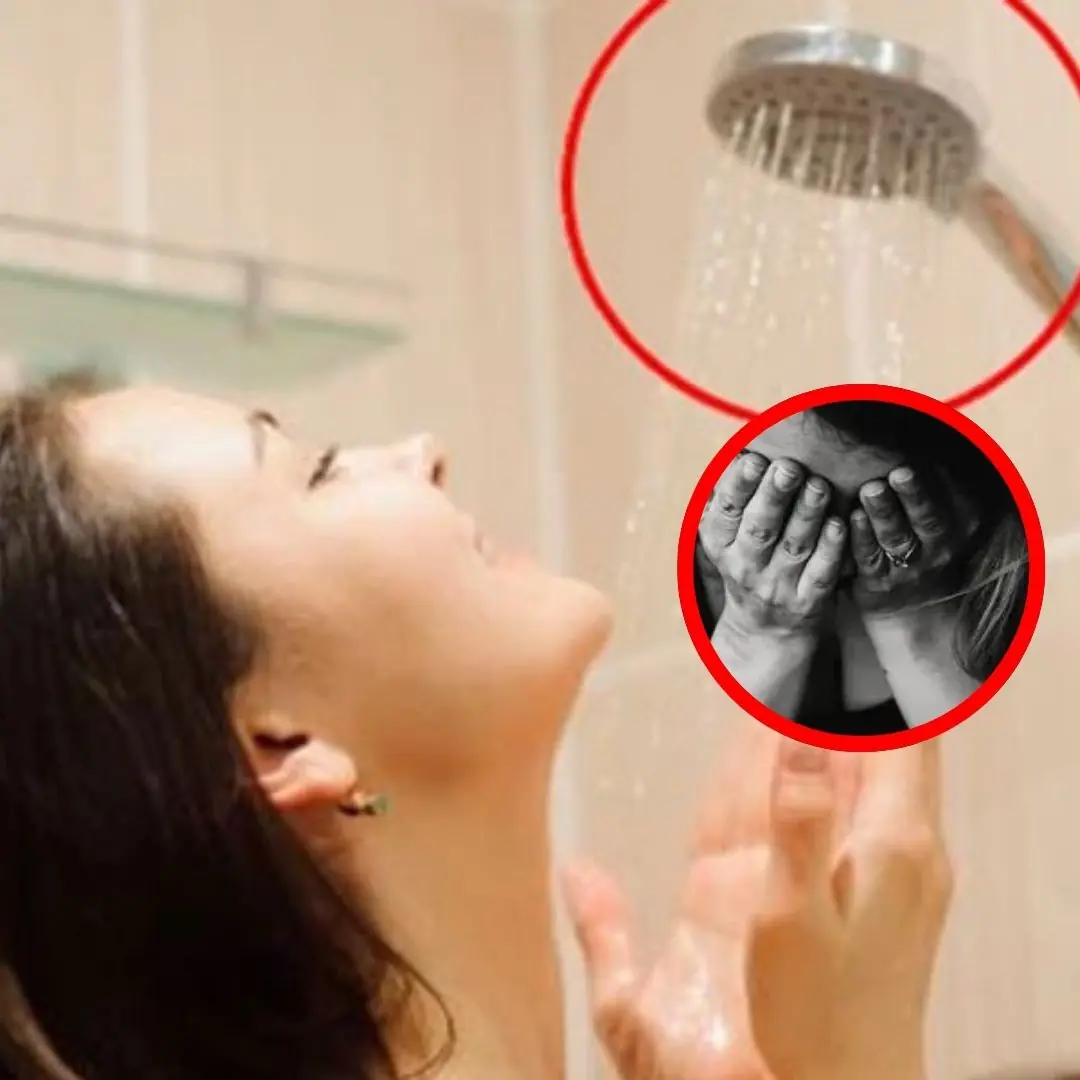
5 times you should never take a shower
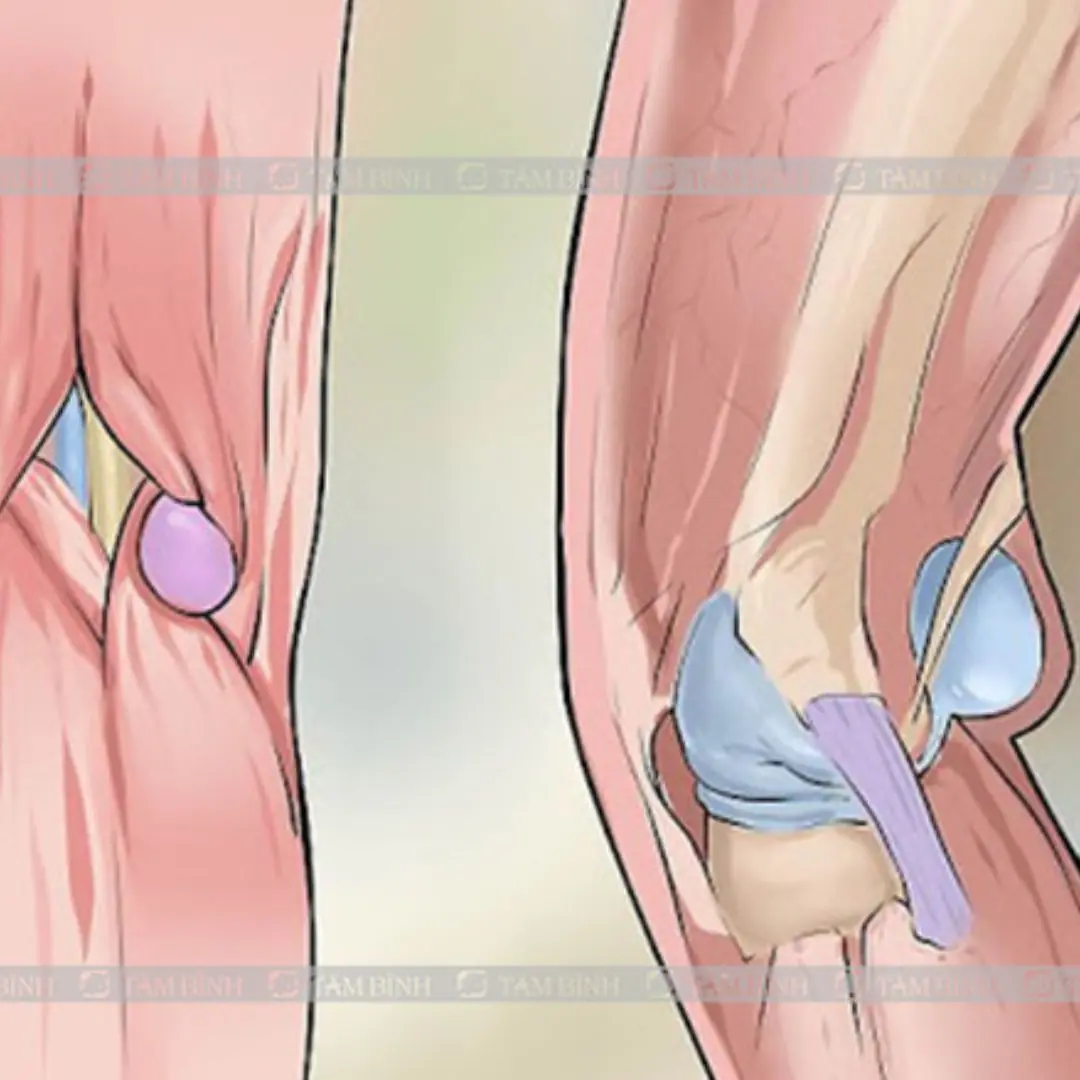
Muscle pain behind the knee, a dangerous symptom that should not be ignored

If your saliva smells bad, you may have...

Li.ver Can.cer “Fears” These 7 Foods

Cabbage Is Nutritious but Harmful for These 5 Groups of People

5 Types of Vegetables That “Naturally Contain Toxi.ns”

Sweet Potato vs. Potato: The Truth About Their Health Benefits
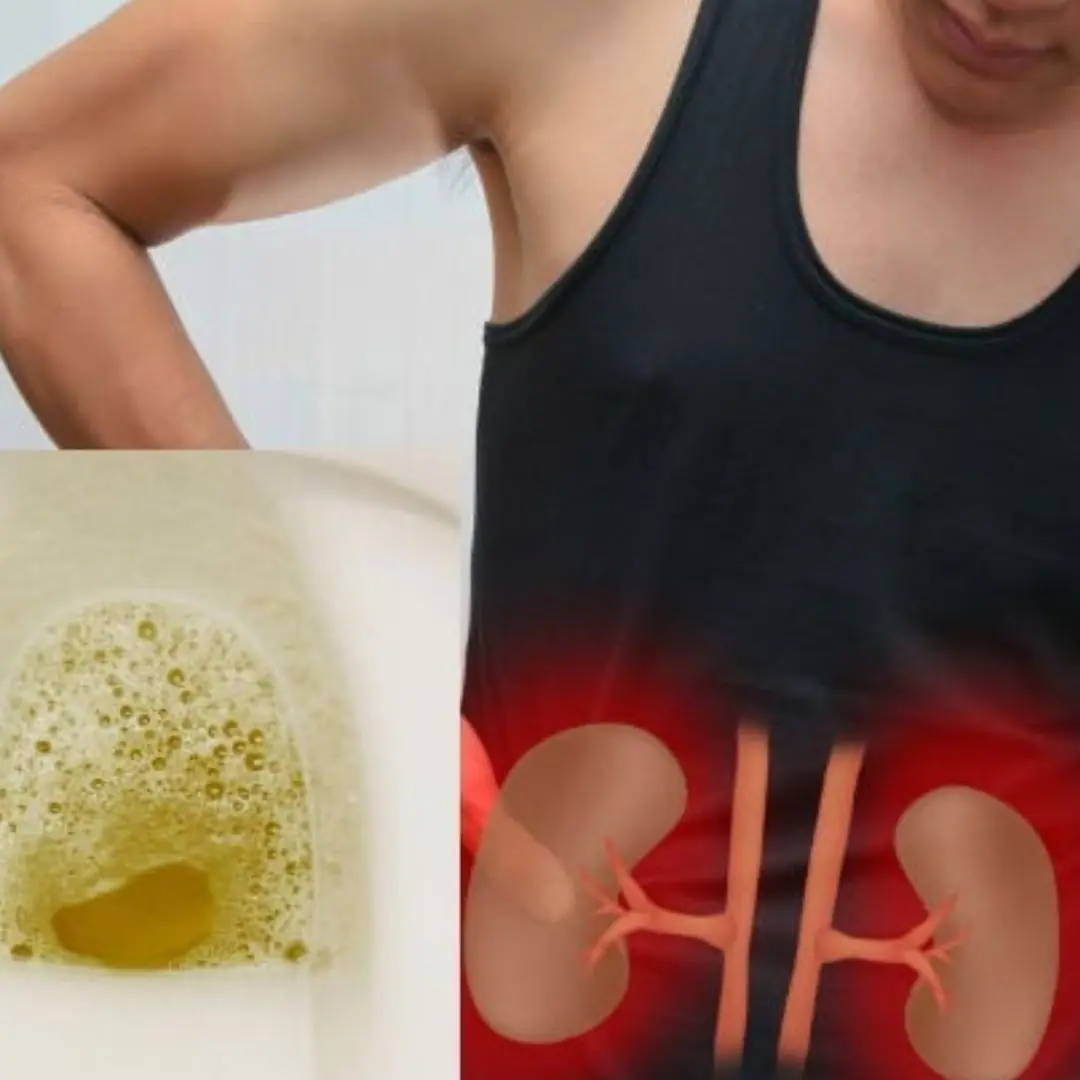
Waking up with foamy urine: Warning of 3 serious illnesses, number 1: Go to the hospital quickly

These common garden leaves could be a natural remedy for bone and joint problems—yet many overlook their power

Waking up with 6 strange tastes in your mouth, watch out for internal organs being sic.k

Headaches at these times warn of extremely dang.erous diseases

These 4 parts of a pig may be delicious and inexpensive, but you shouldn’t eat them too often—don’t let greed harm your health

Reasons why you should stop eating tilapia as soon as possible

Rich in nutrients, these 3 vegetables are considered by the Japanese as a longevity eli.xir
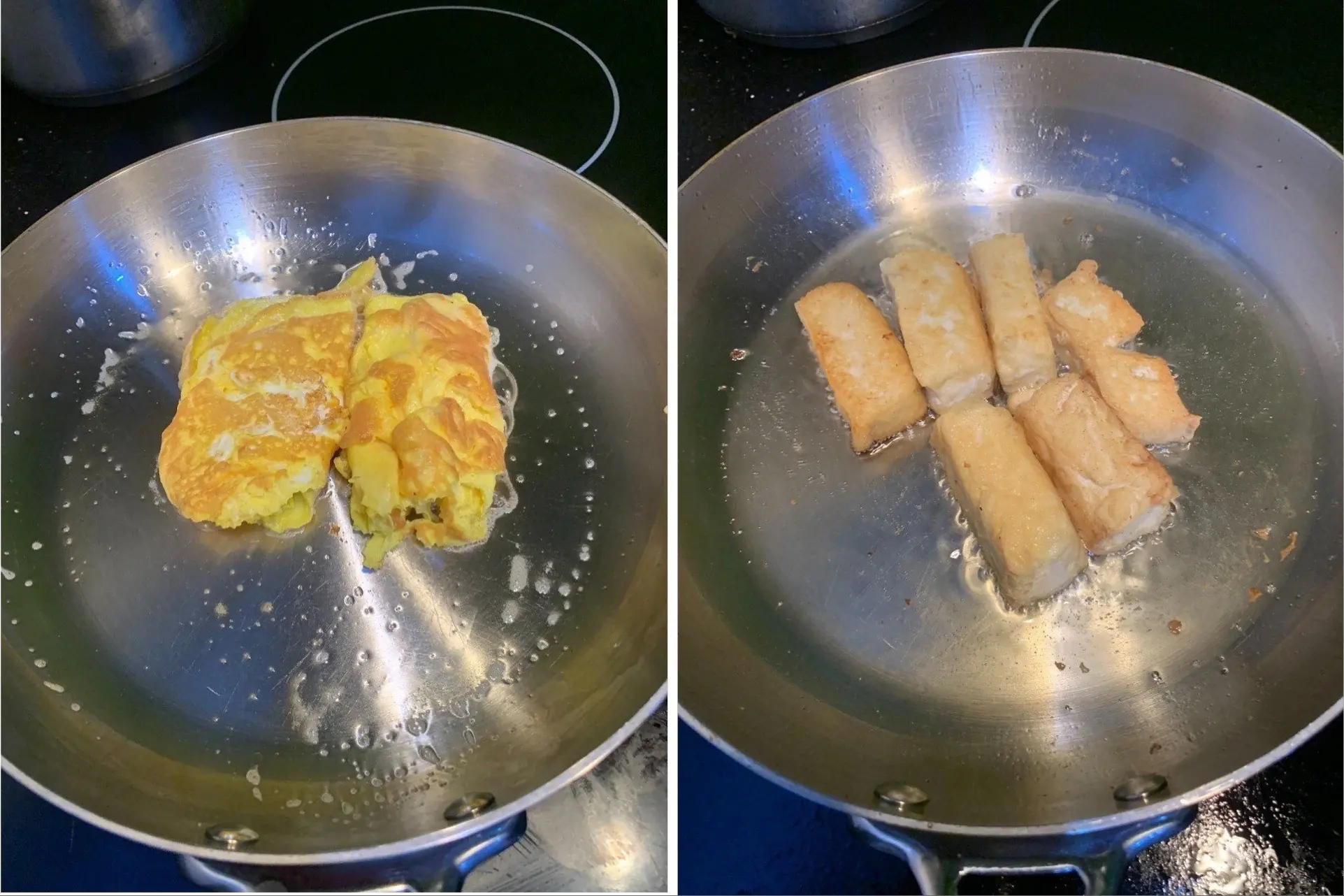
Frying Anything Without Sticking: Just Add This Liquid to the Pan

2 Hygiene Habits That “Damage” the Inti.mate Area
